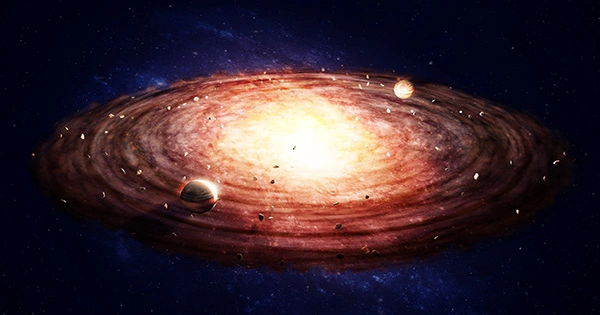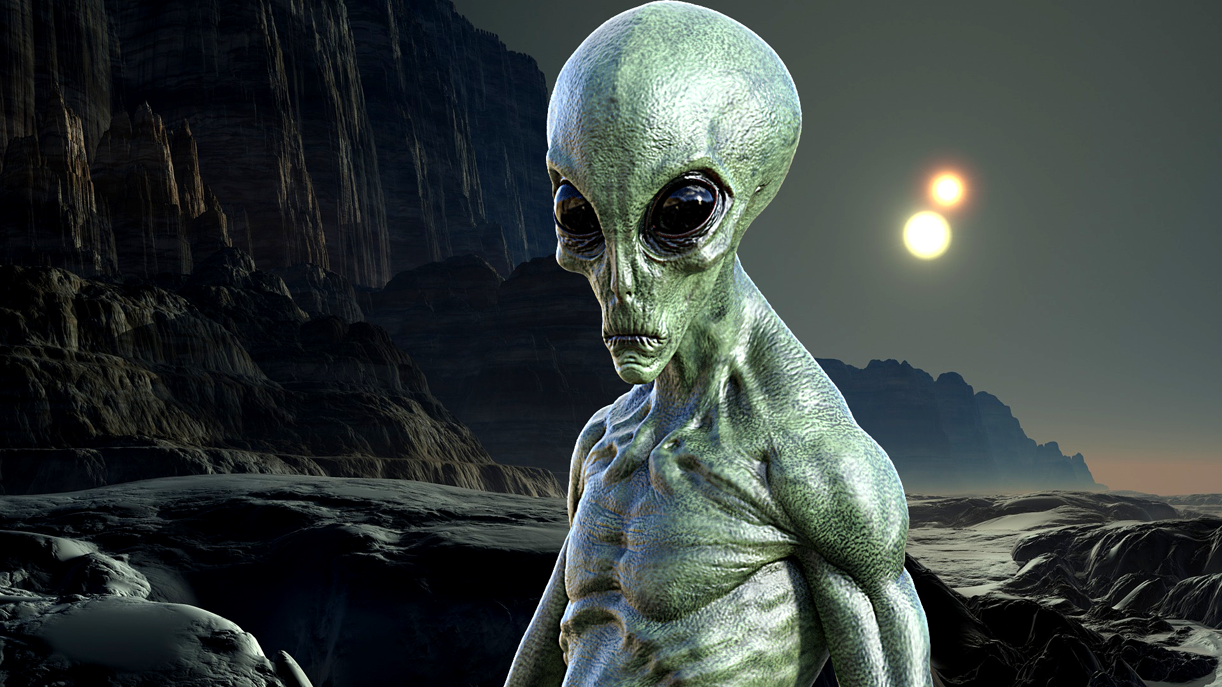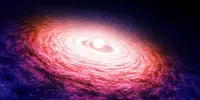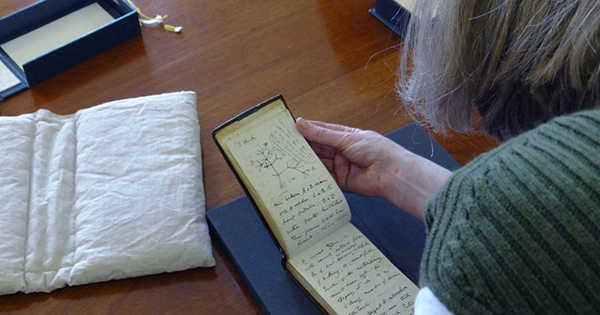The currently recognized hypothesis of planet formation is called the core-accretion theory. The process by which a “core” seed draws more and more material to itself and then grows is referred to as “accretion.”
In the early stages of its existence, a star forms a flattened disk of material that rotates alongside it in the star’s mid-plane. The disk is occasionally referred to as a debris disk because in addition to having plenty of hydrogen and helium It also includes a variety of different materials, some of which are referred to as “dust” (of varying chemical compositions). Although the dust starts out as microscopic particles, centimeter-sized grains should eventually result from collisions and aggregation. It is still being researched theoretically and in the lab whether this is even possible. It appears that there are some circumstances in which it is feasible. According to statistics, a small number of bodies should develop to the point where their self-gravity overwhelms any nearby matter, at which point the dust particles should proliferate by further “sticking together.” At this point, highly rapid growth is predicted to occur. A body is referred to as a planetesimal when it has grown to a size of hundreds of kilometers, which is the only size at which this may occur. After the first stage, there are numerous conceivable pathways, and theoretical research is currently being done to determine the specifics of how terrestrial planets and gas giants (for example) are formed. The simulations are intricate, require the user to make assumptions, and include numerous adjustable knobs and dials.
That is to say, the foundation of the idea is a physical impossibility. Because matter lumps larger than a meter or tens to hundreds of meters can not cling together, it is physically impossible to move from step 3 to step 4. They collide with each other at extremely high speeds according to the same theory that produced them. Before they ever grow to planetesimal size, the same hypothesis that makes them also destroys them. Even if they were not moving at great relative speeds, their self-gravity would not be sufficient to cause them to adhere to one another, because rocks and boulders are not affected by the same forces that bind dust particles together.
















